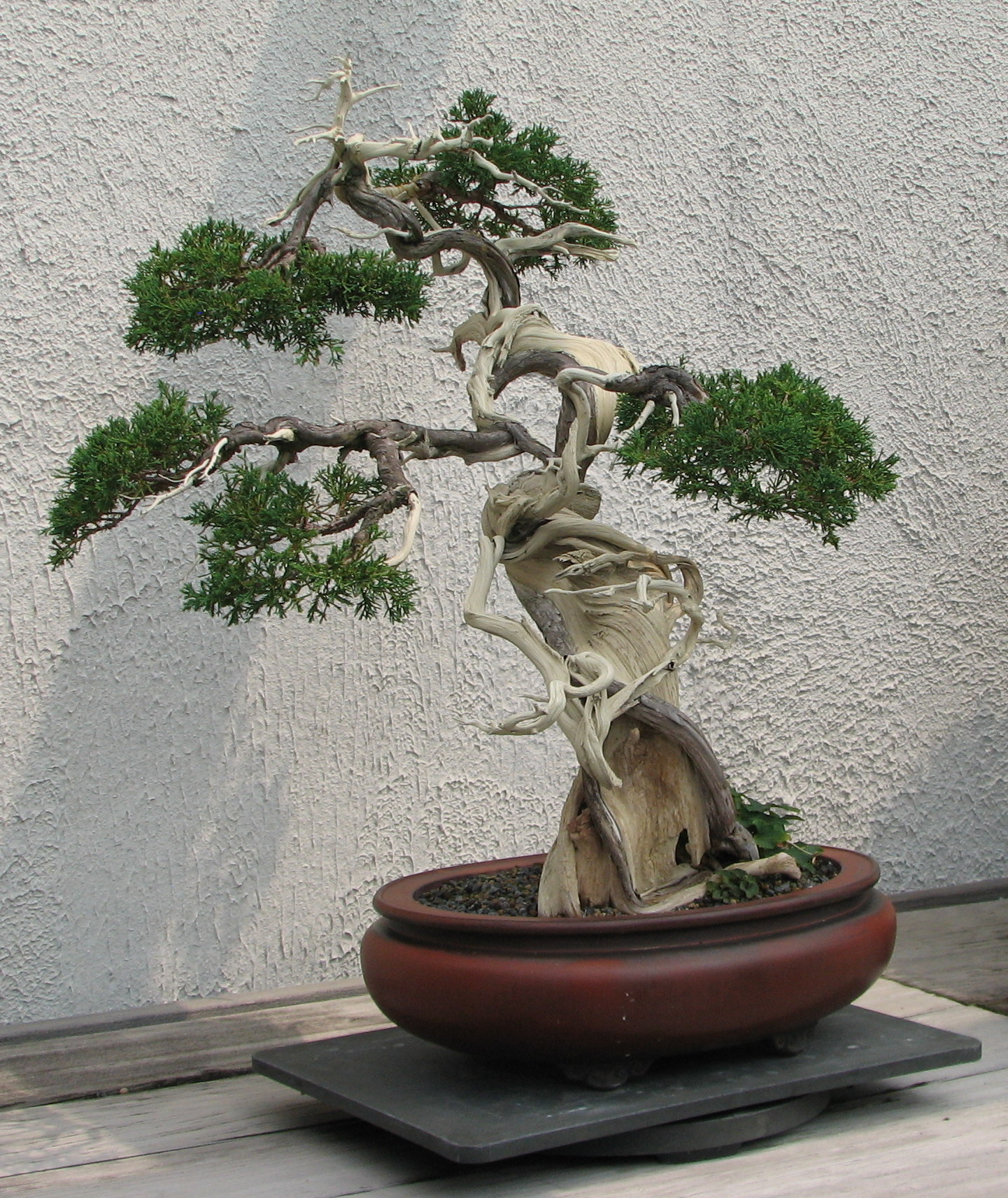There are many varieties of medicinal and aromatic plants. One of them, with high added value, is the lemon thyme. These aromatic herbs have been very well introduced in the gastronomy and traditional medicine of many countries. In honor of this, we want to tell you what the lemon thyme plant looks like, its main differences, its care and characteristics.
And it is that all these plants, although they are less and less used due to modern medicine, continue to represent a strong ally as a complement to medicines, especially taken in infusion.
Many of them contain a large amount of antioxidant substances, terpenes and vitamins that we can take regularly. Lemon thyme is widely used for infusions and, in fact, we can buy it in supermarkets.
To make this process even more natural, we explain how to grow this plant or even use it for its aroma in our ornamental garden.
What is Lemon Thyme?
Lemon thyme is classified as an aromatic herbaceous plant of the family Lamiaceae. We can find it in mountainous areas growing wild, although it is perfectly suited to growing in the garden and in pots.
It is known as the lemon tree because it has yellow tones that the traditional thyme does not have. In addition, the aroma it gives off is different, with citrus scents.
It is a perennial plant, so it will be active all year round, growing in spring and summer and emitting an intoxicating aroma in the garden.
Moreover, it is a perennial plant that has small aromatic leaves that bloom in spring and also in summer.
Main Characteristics
As an ornamental plant, it is small in size, not exceeding an average height of 30 cm. It produces a large volume of small leaves, elongated and oval in shape. On the edges, we can see a yellow tone which is what differentiates it from the traditional thyme.
Another big difference is that the main aroma is not found in the flowers (as is the case with most plants), but in the leaves.
Because of its small size, it is common to grow it in pots, and it can be used to flavor dishes in gastronomy, simply as an ornamental plant or to make infusions once the leaves have dried.
In order not to confuse it with other plants, its scientific name is Thymus citriodorus.
Origin and History
The origin of this plant is found throughout the Mediterranean, where aromatic species such as rosemary, thyme, oregano, basil and all its variants have always grown.
Lemon thyme has also been cultivated in many other parts of Europe for its great resistance, and already in the time of ancient Greece, it was used as an aromatic.
Main Care of Lemon Thyme
You can harvest the seeds or use cuttings to reproduce new plants. It is considered a hardy plant, easy to maintain and care for. From here, we leave you a series of tips on its maintenance, whether grown in the garden or planted in a pot.
When and How to Plant It
Thymus citriodorus can be planted throughout the year, especially in regions with mild winters. The ideal time is at the end of winter, when it will start to emit its first roots and new shoots.
It should be planted or located in a bright area, in full sun or part shade, but with plenty of light.
It is used to dry climates, with little humidity, although it grows without problems in coastal areas, even with salty winds.
Irrigation
The waterings in this type of species must be very small and spaced, always drying the substratum before the next watering.
They do not need much water for their growth and they know how to use the humidity of the substratum to good effect. Remember that they are used to growing in almost inhospitable environments.
- Watering in spring and summer: 2 waterings per week.
- Watering in winter: 1 watering every 7/10 days without rain period.
Regarding the quantity of water, cultivated in soil, we can provide 1 liter per plant and per irrigation. Cultivated in pots, always water until you see water coming out of the bottom holes.
Fertilizer
Lemon thyme is not usually fertilized, but we can stimulate its growth by adding mineral fertilizers at the sprouting stage (after winter and early spring).
The organic matter or peat we add at the beginning will allow it to grow for a while. In the spring, the most recommended option is to bring granular fertilizers, which are easy to apply and release the nutrients for a long period.
So there you are, you can easily care for lemon thyme. What are your thoughts on this plant? Let us know in the comments below.


